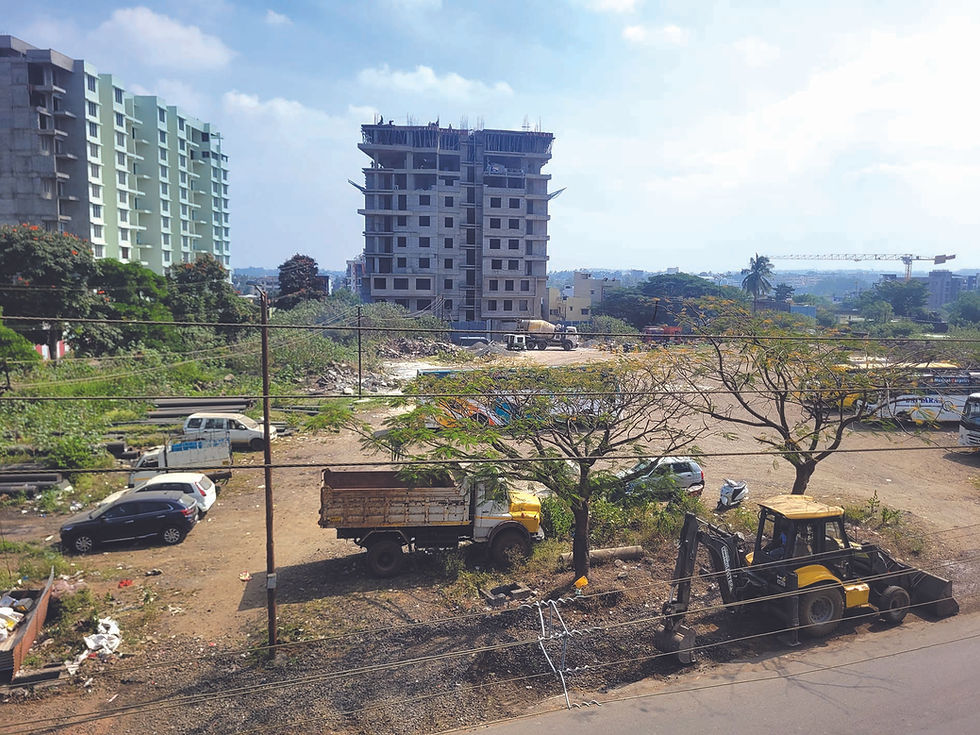Why Eknath Shinde is forced to use Uddhav Thackeray’s lingo?
- Abhijit Mulye

- 47 minutes ago
- 4 min read

Mumbai: Maharashtra Deputy Chief Minister Eknath Shinde’s recent comments, acknowledging that Shiv Sena workers in Dharashiv have expressed feelings of "betrayal" by the Bharatiya Janata Party (BJP) within the Mahayuti alliance, mark a pivotal and ironic inflection point in the state’s volatile politics. While Shinde was quick to categorize these sentiments as merely "local" and insisted that contesting independently does not make the allies "foes," the very language he used—the vocabulary of betrayal and discontent—echoes the exact rhetoric Uddhav Thackeray employed before he severed ties with the BJP in 2019.
The profound irony is inescapable. Shinde’s political identity and ascendancy to the Chief Minister’s chair were predicated entirely on his claim that Uddhav Thackeray had betrayed the legacy of Bal Thackeray and the natural Hindutva alliance with the BJP. Yet, two years into his tenure, Shinde finds himself reciting his rival’s script. This apparent contradiction is not a mistake; it is a calculated political move born of profound structural and grassroots compulsions that threaten the integrity of his own Shiv Sena faction.
Grassroots survival imperative
The most immediate compulsion for Shinde lies in the survival of his own organization at the grassroots level. When Shinde rebelled, he secured the legislative majority, but he did not automatically inherit the entire Shiv Sena structure or the unwavering loyalty of its local functionaries. These workers are the lifeblood of the party, responsible for mobilising votes and maintaining local dominance.
For these local workers, the transition from being the dominant regional power (under the undivided Sena) to a junior partner in the Mahayuti has often meant a palpable loss of power, influence, and access to resources. When the BJP fields its own candidate or prioritizes its local leaders over Shinde’s loyalists in areas like Dharashiv, the local Shiv Sena workers feel marginalized and "betrayed."
Shinde cannot afford to ignore these localized feelings. By publicly acknowledging the "betrayal" sentiment, he is utilizing a political safety valve. He is telling his disillusioned cadres: "I hear you. Your anger is valid." This validation is crucial to prevent these cadres from migrating back to the Shiv Sena (UBT) camp, which constantly frames Shinde’s entire faction as having sold out to the BJP. If Shinde were to blindly dismiss their grievances, he would risk accelerating the internal bleeding and delegitimizing the core rationale of his rebellion.
Asserting parity within alliance
The fundamental imbalance in the Mahayuti—where the BJP is the numerically and ideologically dominant partner—creates an existential threat for the smaller allies, including Shinde’s Shiv Sena and Ajit Pawar’s Nationalist Congress Party (NCP) faction.
Historically, the BJP has always employed a 'Big Brother' approach, seeking to expand its footprint at the expense of its regional partners. This was precisely the tension that drove Uddhav Thackeray away in 2019. Now, Shinde is facing the same structural pressure. Reports of internal friction—allegations of the BJP attempting to poach Shinde’s functionaries, delays in file clearances for Shiv Sena-held ministries by the Finance Department (Ajit Pawar’s portfolio), or Devendra Fadnavis subtly overshadowing Shinde—all point to a constant, underlying power struggle.
By channeling the "betrayal" lingo, Shinde is sending a clear, diplomatic warning to the central BJP leadership. He is communicating that his political position is not guaranteed by Delhi alone; it depends on the sustained morale and active participation of his Marathi-speaking, Hindutva-aligned base. This soft critique is a necessary negotiating tool to secure better seat distribution, more influential portfolios, and, critically, respect for the political space his faction occupies. He is effectively saying: "We broke away from Uddhav to save the alliance, but don't force us into the same corner he felt pushed into."
Irony of inevitable cycle
Perhaps the deepest compulsion is the unavoidable reality that the Shiv Sena, in any form, needs to maintain a distinct regional identity separate from the BJP’s monolithic national identity. Uddhav Thackeray’s 2019 betrayal narrative revolved around the BJP's national ambition clashing with the Sena's need to lead Maharashtra.
Shinde’s use of the same language, even if quickly qualified, suggests a recognition that the core issue—the BJP’s drive for absolute dominance—persists regardless of who leads the Shiv Sena. The need to carve out a distinct identity for his faction, based on local issues, Marathi pride, and the interests of the actual Shiv Sainik, means Shinde must occasionally stand apart from the BJP’s national agenda.
His statement that mere independent contesting doesn't make them foes is a complex political cipher - it justifies the internal dissent of his workers (by framing the BJP as a competitive force rather than an infallible patron) while simultaneously assuring Delhi that the government is stable.
In essence, Eknath Shinde is caught in a familiar Marathi political cycle. To survive the existential threat from his former party chief, Uddhav Thackeray, Shinde must protect his identity by asserting strength and independence. To assert this strength, he must occasionally use the only effective language regional parties have against a national behemoth: the language of threatened identity and betrayal. His words are less a declaration of war and more a necessary, calculated cry for equal respect within a highly asymmetrical marriage of convenience.





Comments